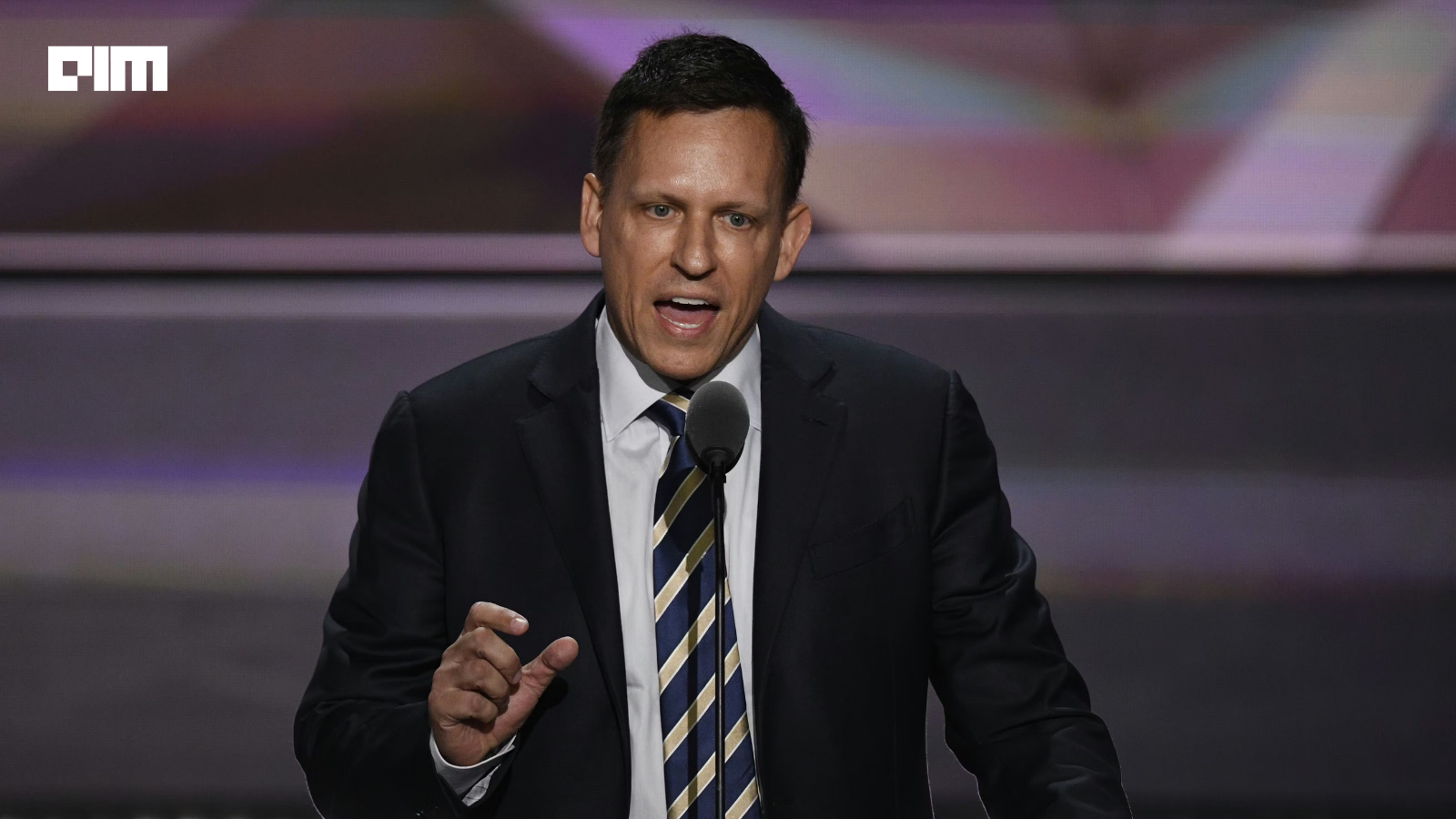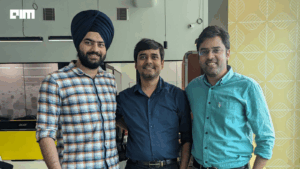The irony is almost too perfect to ignore. While Nvidia’s stock valuation climbs past $5 trillion and retail investors pile in, convinced they’re riding the unstoppable AI wave, the people who actually got rich betting on its tech are quietly selling. Peter Thiel. SoftBank. Board members. Executives.
One by one, the sophisticated investors who built fortunes on their technological breakthroughs are liquidating their Nvidia positions. And they’re probably telling you something important about where we really are in this AI cycle.
Peter Thiel’s decision to completely exit his $100 million Nvidia position is particularly worrying. Thiel, who cofounded PayPal and made billions on Facebook and other transformative tech companies, isn’t someone who panics over temporary market corrections. When he called Nvidia “undervalued” in previous years, people listened.
But in September 2025, he sold every share, 537,742 in total while publicly stating that AI valuations have gotten too far ahead of economic reality. This isn’t a man cutting position sizes. This is a man saying, “I’m done.”
Then came SoftBank. The Japanese conglomerate, which has built one of the world’s most sophisticated venture capital operations under Masayoshi Son, sold its entire 32.1 million share position for $5.83 billion in October 2025.
The signal was identical to Thiel’s. Even a CEO who claims to believe in Nvidia’s long-term potential apparently believes the current price isn’t worth holding at these levels. These exits share a common theme. Neither Thiel nor SoftBank are saying Nvidia is a bad company. They’re saying the valuation has become extremely overpriced.
Execution Matters
The timing and scale of these exits matter. Thiel didn’t trim his position gradually over three years. He liquidated completely in a concentrated window. SoftBank didn’t reduce exposure, they eliminated it entirely. When sophisticated investors who’ve weathered multiple cycles make this kind of move, it typically signals one of two things. Either they’re dramatically wrong about the future, or they’re right about the present.
Compare this to what executives inside Nvidia are doing. CEO Jensen Huang is selling shares through a preset 10b5-1 trading plan, legally protected stock sales that allow executives to offload holdings without insider trading risk.
He sold $42 million in October, $36.4 million in July, and $15 million in June. But Huang still holds roughly 782 million shares worth $147 billion. His sales are notable, but they’re drops in the ocean. He’s not panicking. He’s diversifying.
But board members? They’re different. Mark Stevens sold $288 million. Tench Coxe sold $143 million. Brooke Seawell sold $73 million. These aren’t executives who need liquidity. These are sophisticated directors liquidating board compensation at historic highs. That pattern is worth noticing.
Here’s what’s troubling. The market is pricing in a future where AI generates transformative returns justifying current valuations. But have we actually seen that transformation yet?
Nvidia makes phenomenal chips. No question. The demand for GPUs is real. But the question isn’t whether demand exists, it’s whether that demand justifies a $5 trillion market cap when competitors (AMD, Intel) are releasing competitive products, and when software margins (where the real money is) remain uncertain.
Peter Thiel built PayPal on actual economic disruption. Moving money digitally when everyone thought it would fail. He invested in Facebook when it was clear that social networking would reshape human behavior. He saw Nvidia’s chips as foundational infrastructure for an AI future.
But infrastructure doesn’t stay valuable just because demand exists. Railroads were foundational infrastructure. So were fiber optic cables. Both created massive wealth, but investors in both also suffered brutal losses when valuations got ahead of economics.
The Bubble?
I’m not saying Nvidia is headed to zero. I’m saying that when visionary investors start calling current AI valuations “hype,” and when insiders with perfect information about Nvidia’s actual business prospects are liquidating at prices like these, retail investors should probably ask themselves a harder question. Am I buying Nvidia, or am I buying a story about Nvidia?
The difference matters. Stories about AI are intoxicating. The economic reality, proving that AI applications generate margins and ROI justifying trillion-dollar infrastructure spend, that reality is still being written.
Thiel invested in Nvidia when it was genuinely misunderstood. Now he’s excited when it’s impossibly well-understood. That reversal isn’t random. It’s not panic. It’s a signal.
Smart money doesn’t always get it right. Thiel and SoftBank might look foolish in five years if AI breakthroughs accelerate faster than expected. But that’s also kind of the point. If even the best investors in the world think the risk-reward is bad at $5 trillion, that’s worth taking seriously.
The Nvidia ecosystem is real. AI is not a bubble. But Nvidia’s current valuation? That’s a separate question entirely. And the fact that sophisticated investors are running for the exits should tell you something about how they’d answer it. When Thiel stops believing, maybe it’s worth asking yourself. Am I still buying fundamentals, or am I buying momentum?










